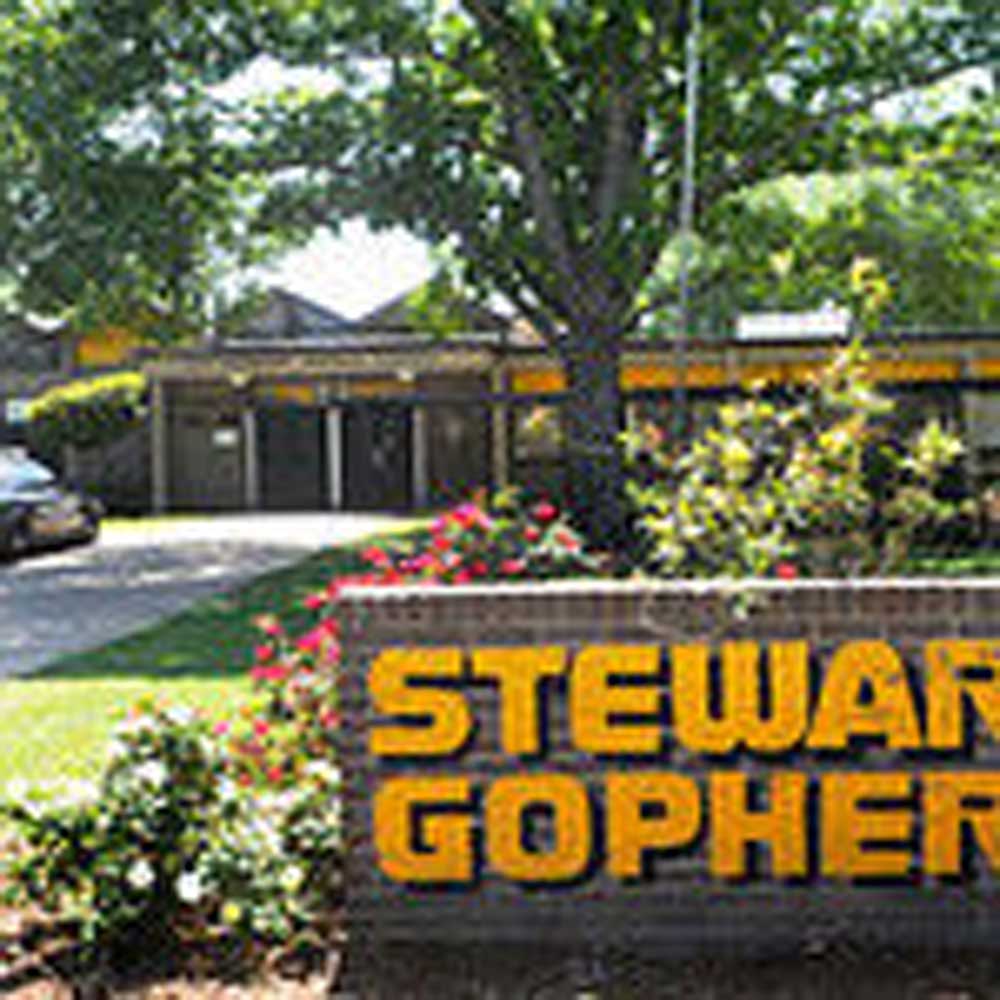BOND ELECTION: Stewart could be rebuilt into high school
Published 12:41 am Sunday, April 28, 2013

- Stewart middle school (Herb Nygren Jr/Staff)
A sidebar to the proposed bond is transforming A.T. Stewart Middle School into the A.T. Stewart Academy of Excellence.
However, Stewart community members have expressed distaste for losing their middle school.
The construction of new Boulter and Moore middle schools and a brand new middle school off Old Jacksonville Highway are included in the $160.5 million bond proposal. The campuses would be larger-capacity facilities designed to accommodate at least 1,000 students compared to most of the current facilities, built for 600 to 700 students on average, Tyler ISD Superintendent Gary Mooring said.
If the bond passes, current Stewart students would transfer to other campuses, and the building would be transformed from a middle school to a high school, with updated wiring for Internet access and exterior facelift, Mooring said.
Construction would start in 2015.
The Academy of Excellence would expand the district’s PACE program, in which students complete their coursework at their own pace, either because they have fallen behind, want to put high school behind them or have work schedules to accommodate.
Mooring said about 150 students utilize the PACE program, and the district anticipates around 300 to start the program the first year and increase thereafter.
The hope is to give high school students more options, Mooring said.
“It’s going to look like any other campus,” he said. “It’s going to have students at all different levels and people with all different career options and aspirations. This is nothing more than (a way) to give our students another opportunity to choose their pathway in their careers.”
The amount of funding needed to renovate the building has not been set and will depend on program needs, said Tim Loper, TISD facility services director. Funding will come from leftover monies from a 2008 bond, he said.
The fund has about $12 million and is accruing interest, but TISD also is looking to fund two projects — at Robert E. Lee and John Tyler high schools — to come out of that money pot.
Local, state and possibly federal dollars would pay for the academy’s operating expenses, Mooring said.
Sarah Coats, 60, a member of a group that calls themselves “A.T. Stewart Concerned Citizens,” said the school serves a traditionally African-American neighborhood, and its history is deeply engrained in their roots.
She said the late A.T. Stewart was an educator, minister and a prominent land owner, and his family donated the 25 acres the land sits on to help educate children.
“September marks the 50th year of Stewart (school) existing — that’s substantial,” Ms. Coats said. “We don’t want to wipe that off the slate like it’s not important.
“To me it comes down to a moral issue considering the significance of the philanthropic donation by the Stewart family, and that is significant.”
She noted the community has been disappointed with the district in the past, particularly in 1970 when the African-American Emmett Scott High School was closed during desegregation. The same year a fire destroyed stored memorabilia from the school.
“When you consider that was 1970 and people are still emotional to the point of evoking tears over that, (then) no, we don’t want that to happen again at Stewart,” she said.
There are also concerns over busing, Ms. Coats said.
Mooring said the new construction follows the district’s 2020 Long Range Plan, passed in 2012. The school board elected to divide the city into four quadrants, and the plan aims to place one middle school in each.
Stewart rests between the southwest and northwest quadrants, and its building is ideal for renovations, Mooring said.
The timeframe leaves the district almost two years to decide on the nuts and bolts of curriculum for the A.T. Stewart Academy of Excellence to house. Mooring said community members are encouraged to serve on committees to help guide the curriculum.
“We are also going to want a lot of input from the Stewart community with the programs going in, and we will be visiting with other campuses across the state trying to select some real successful campuses and the type of programs that we want,” he said.
Carl Johnson, a Stewart and Butler College community member, said many of the community concerns could have been calmed with an increase in dialogue and conversation between the district and community members. In an open conversation, community members might have had a better understanding of and involvement in the planning process.
He said the district is not solely at fault. He said he would like to see regular community meetings with the district to rebuild the trust foundation.
“I believe Mr. Mooring is doing the right thing by meeting now,” Johnson, 60, said. “I feel he is sincere. … I think they realize the primary issue is there is no trust. That’s primarily what we are dealing with.”






